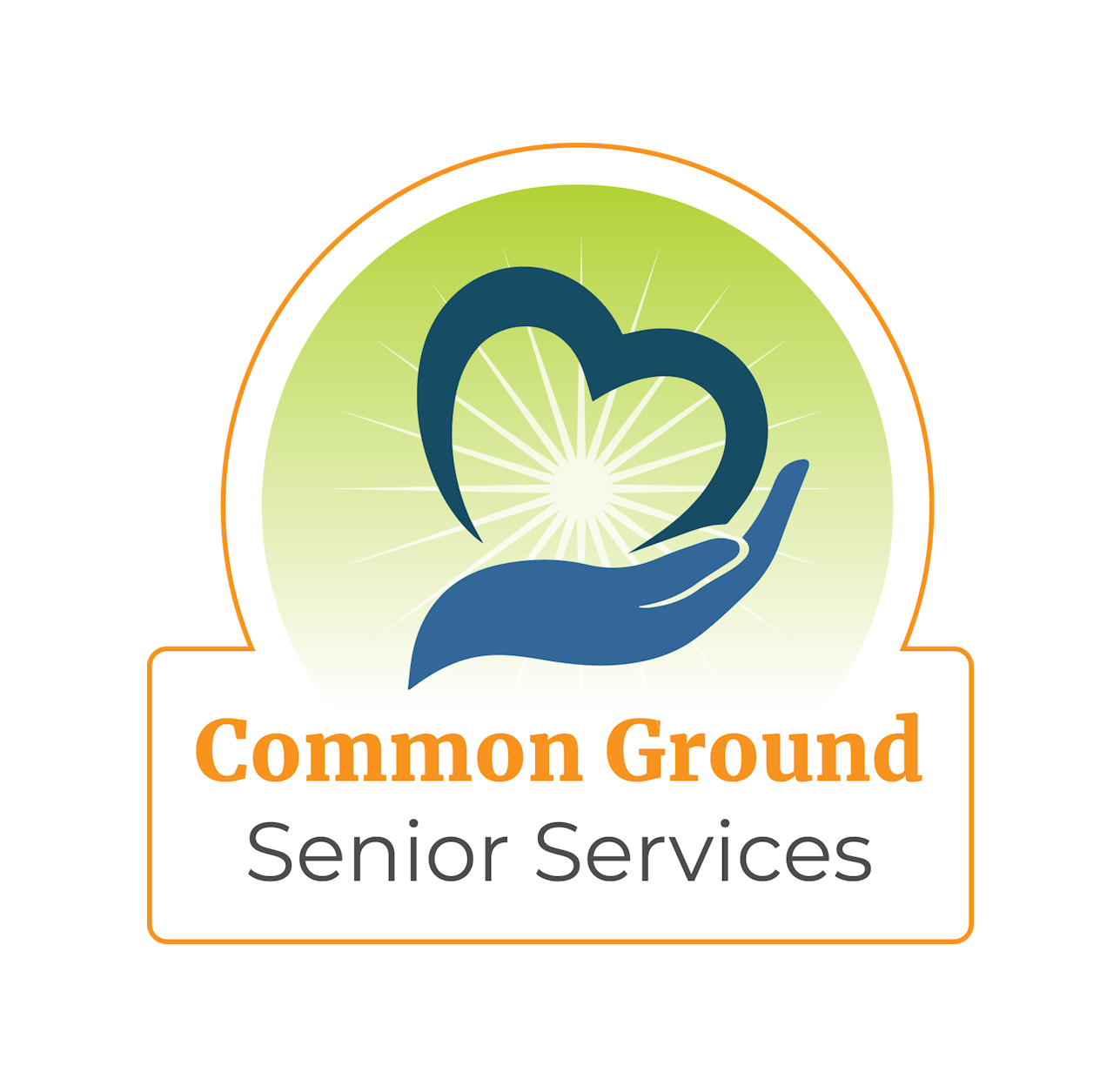May 1, 2024
COMMON GROUND SENIOR SERVICES TO DISCONTINUE SERVICES EFFECTIVE JUNE 30, 2024
Since 2001, Common Ground Senior Services has diligently served the needs of the older adult population of Amador, Calaveras and tuolumne Counties. It is with heavy hearts, we announce the decision to discontinue our role as the provider for the Calaveras County Meals on Wheels program and the Silver Streak Transport program effective June 30, 2024.
” We will miss the smiling faces of our seniors, and they will always be a part of our extended family. The decision to cease providing the Meals on Wheels and Transportation programs is a poignant moment for us, and we are grateful for the memories and relationships built durning this time,” stated Elizabeth Thompson, Executive Director at Common Ground Senior Services.
Common Ground will work closely wth relevant stakeholders to ensure a seamless and respectful transition of the programs. In the interim period, while new on-emergency transportation providers are being established, we recomend contacting your county’s Dial-A-Ride programs for flexible and cost-effective transportation alternatives. We urge individuals to register with their county’s Dial-A-Ride Program promptly in order to secure transportation for medical appointment after June 30th.
Should you require further clarification or assistance, please do not hesitate to contact Common Ground or the Area 12 Agency on Aging at (209) 532-6272.
Thank you for you cooperation and support over the years, especially during this time of change.
